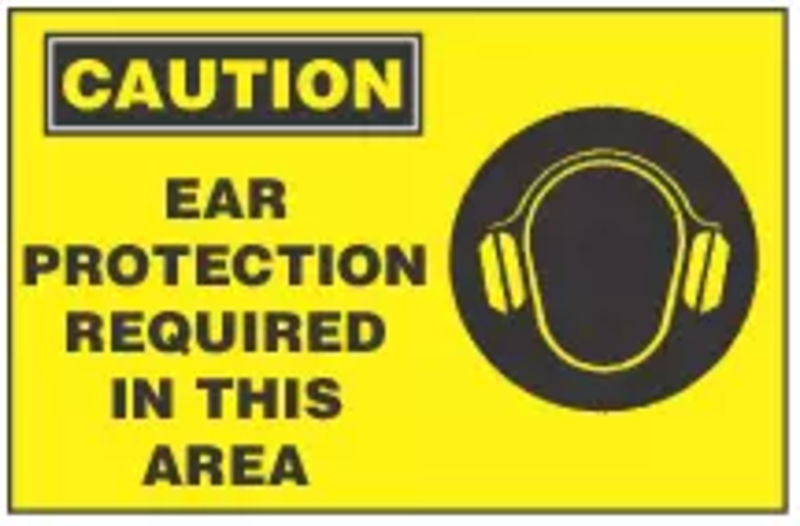Noise Related Hearing Loss In The Workplace

Government regulations and in-house safety rules have really concentrated on the prevention of physical harm to employees. We generally think of injuries in the workplace as falling into the categories of slips and falls, injuries to eyes and inhalation of dust and chemical vapors to name a few. However, actually it is noise-related hearing loss that is listed as one of the most prevalent occupational concerns for many years. It has been reported than in the past 10 years, nearly 125,000 workers have suffered permanent hearing loss.
To combat these extremely high hearing loss statistics, OSHA has developed a “Hearing Conservation Program — CFR1910.95.” The main point in this regulation is that the employer must administer a continuing and an effective hearing conservation program wherever employee noise exposures equal or exceed an 8-hour weighted average sound level of 85 decibels. The starting point of human hearing is designated as being 0 Decibels. A sound that is 10 times more intense is assigned a level of 10 decibels. Thus a sound level of 85 decibels is 85 times more intense than the starting point of human hearing. By comparison a ticking watch is at 20 decibels. An annoying alarm clock is at 80 decibels. So working in an environment where the noise is constant and at a higher measurement that an alarm clock that can be shut off in a few seconds is of big concern.
Employees with exposures that equal or exceed the 8-hour weighted average must undergo audiometric testing at no cost. This is performed by licensed or certified audiologists or technician certified by the Council of Accreditation in Occupational Hearing Conservation. The test is performed on each employee within their first exposure to the 85 decibel level. This establishes a “baseline audiogram.” Once that has been established an annual audiogram is taken to determine what changes have occurred and what steps must be performed to help the employee’s comfort level while maintaining the 8-hour weighted average.
In order to help minimize noise levels and at the very least keep them within the weighted average, employees must develop a system of engineering. Special consideration should be given to the combined effect of noise from varying sources. The hearing conservation program to deal with this problem effectively must include the proper selection of hearing protectors for the type of situation workers are confronted with. The employer must provide training in the use of protective equipment and follow up with supervision to insure they are positioned correctly, are the right size and are cared for properly. A very effective method of protection is ear muffs that fit against the head and enclose the entire external ears. They are lined with a acoustic foam which can reduce noise by up to 30 decibels. Ear plugs when inserted correctly expand to fill the entire ear canal. Whichever ear protection is selected the goal is to have an excellent seal while providing and maintaining good comfort.